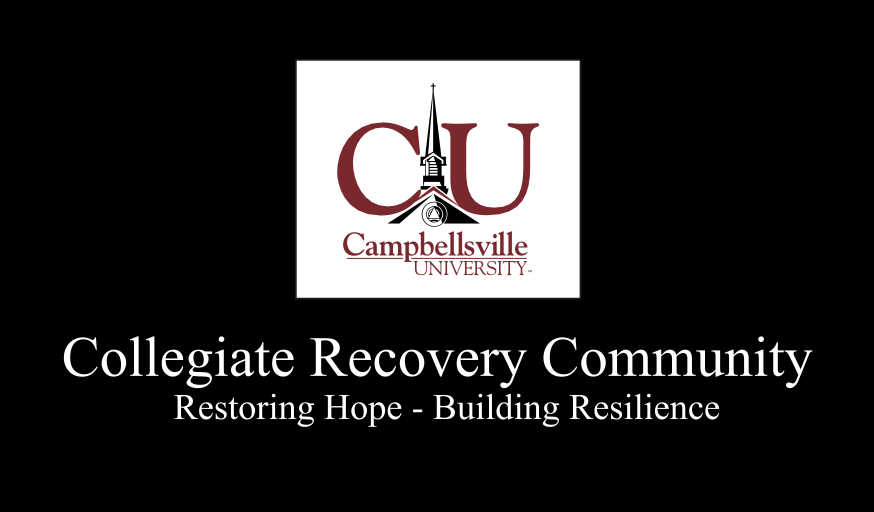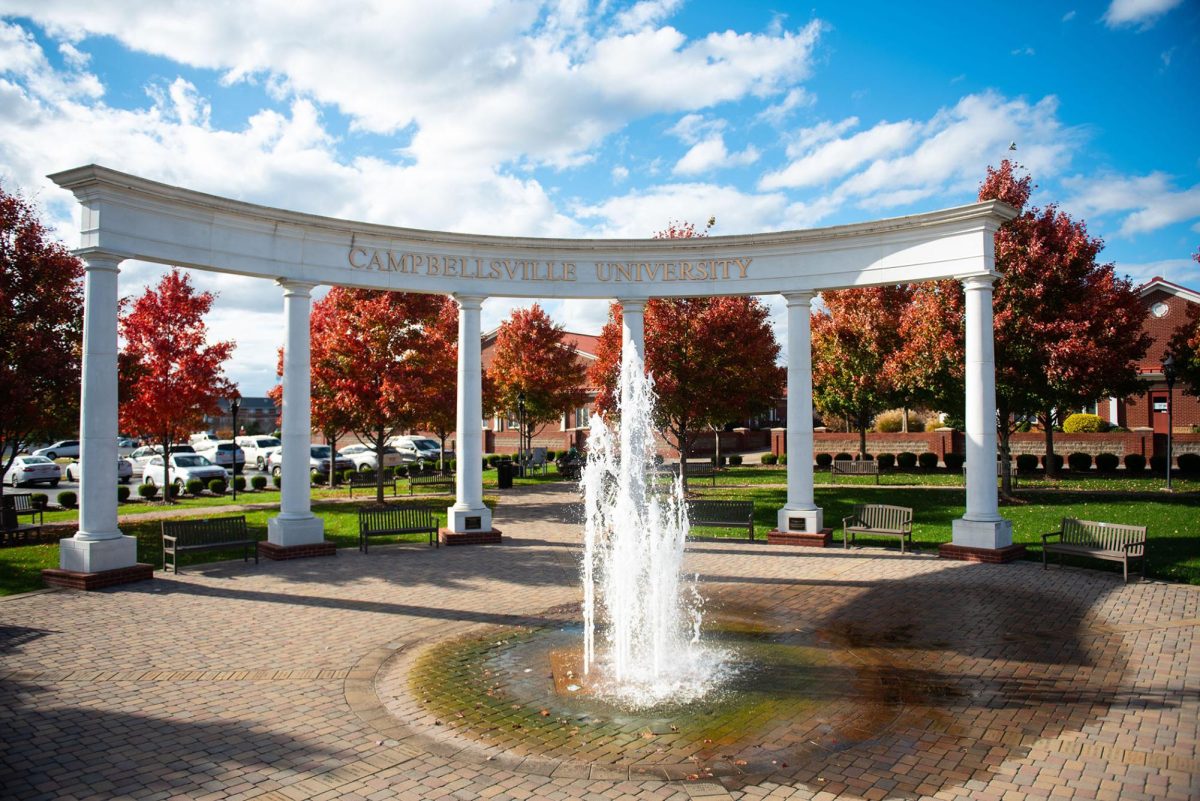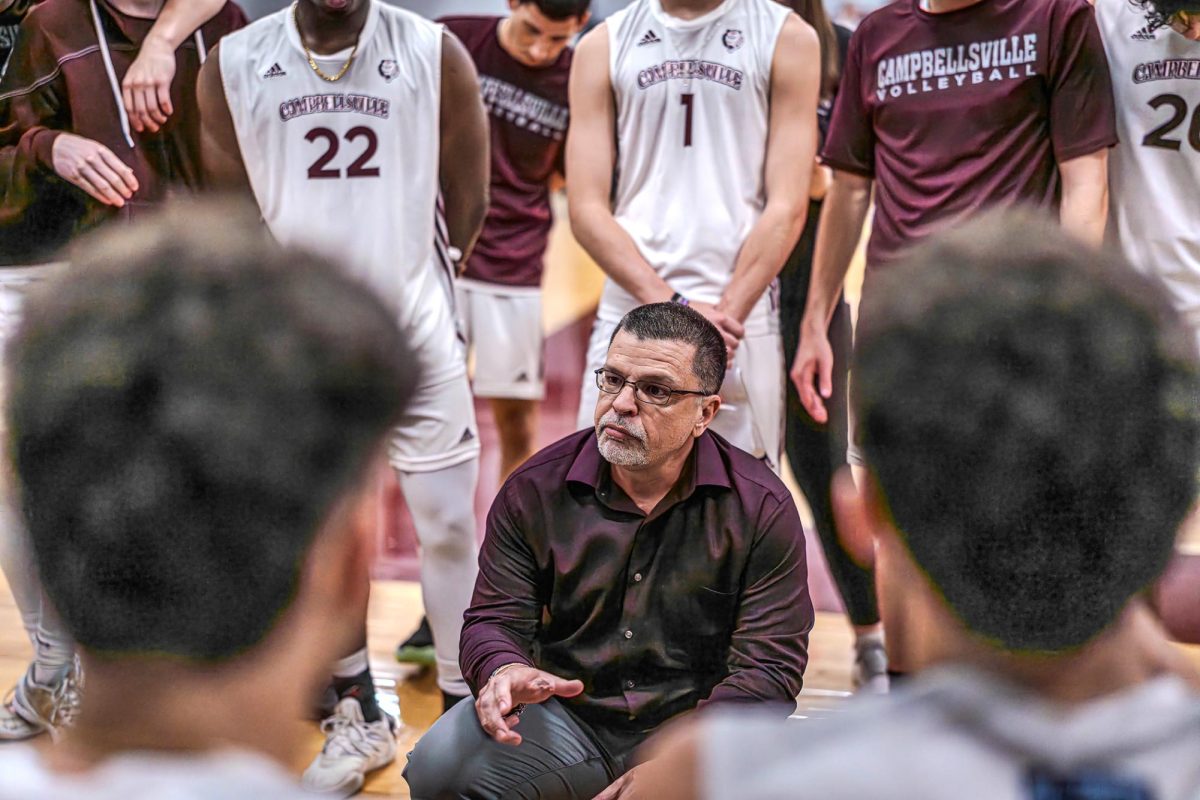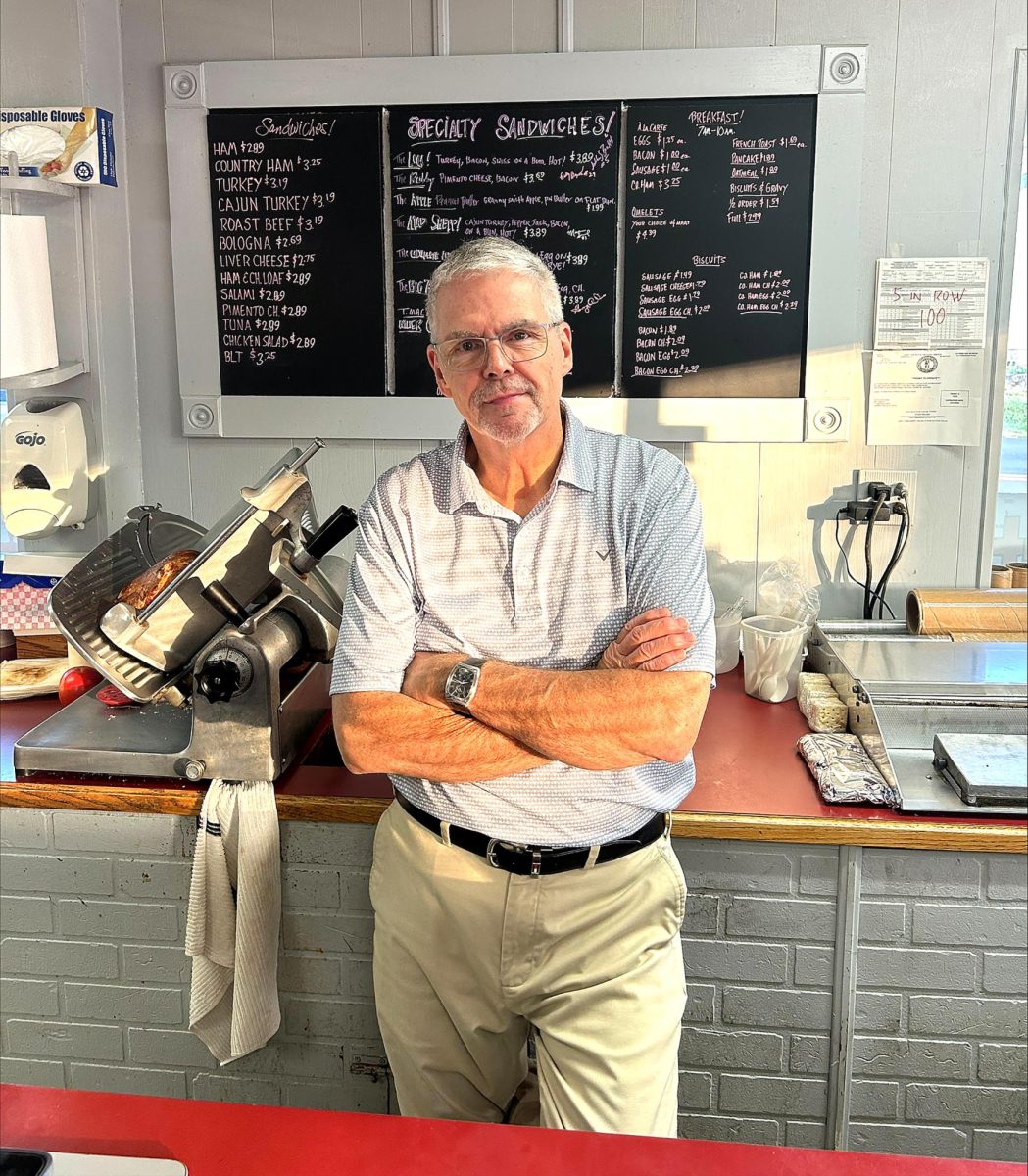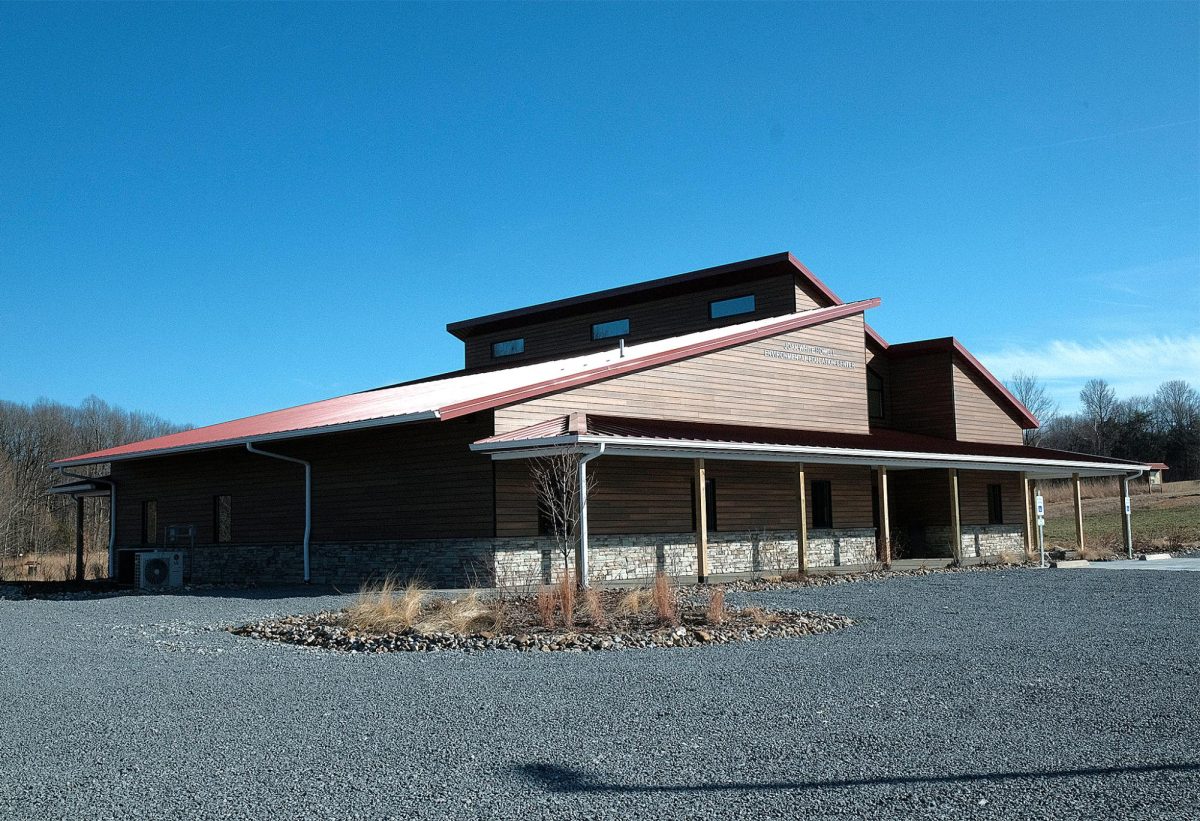Since opening in the fall of 2024, the Clay Hill Memorial Forest research facility has provided much more than just a place to work and research for students. The Environmental Science Department at Campbellsville University advocated for better facilities not only for their students, but the entire student population. However, providing a place for students to work was not the only vision they had in mind, as they wanted to include the community, as well.
“For myself, as the environmental educator at Clay Hill, having a welcome space for field trips and being able to accommodate many students at once expands what we can do,” said Amy Berry, instructor in Environmental Science and Clay Hill Memorial Forest educator. “For public programs, like Salamander Saturday, we have plenty of room for the public and don’t need to worry about crowd size.”
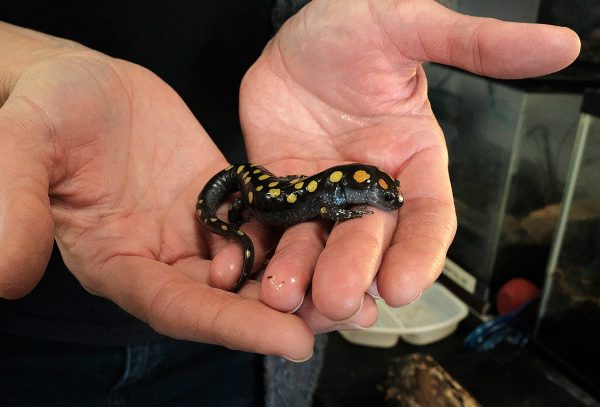
Local groups, such as the Boy Scouts and Girl Scouts, have been able to use the facility, providing a better experience for the kids and allowing them to grow their love and passion for the outdoors.
“Community use of Clay Hill was a big push for the new building,” Dr. Richie Kessler said, “while also providing classroom space to facilitate for bigger group visits.”
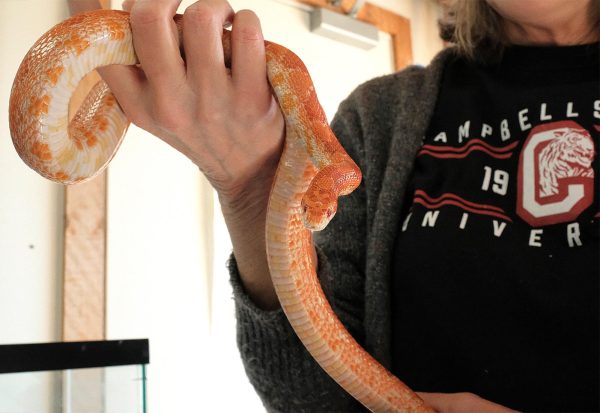
Students across the Environmental Science Department have loved the new facility, giving them a spark of pride. The facility and coursework have given them much more than just knowledge on what they are working on. It’s taught them lessons they will be able to take much further in their careers than just the classroom. Dr. Kessler said the department has noticed growing confidence in their students and professors since the opening.
“The facility has given them a sense of pride,” he said. “We wanted a building that would give students confidence when doing their research.”
While it’s still in the stages of development, the building offers a large open classroom, a new science lab, office spaces for professors and a research library in memory of Robert Dotty, a former English professor and close friend of the science department.
“Mainly, where our science students are concerned, I see the new building as being a welcome space to do Ecology, Ornithology, and Herpetology in the field, but also have a classroom on site for those studies,” Berry said.
As the Environmental Science Department continues to grow, more students are coming into the program. Students have the option to choose between conducting independent research with a mentor or a capstone seminar. Some of the recent topics explored by the students are the salamanders of Kentucky, the after-effects of tornados on the forest and the birds of Kentucky.
With upcoming developments at Clay Hill Memorial Forest, plenty of students are eager to get out there and put their skills to the test.
“I’m excited to be able to use the Clay Hill Memorial Research Facility,” freshman Nate Faulkner said. “It gets students out of the classroom and into hands-on work skills that would likely be used in their future careers.”
Clay Hill Memorial Forest is accessible by five miles of trails that vary in grade from gentle to difficult and in length from one to three miles. The trails are open from dawn to dusk. Currently, the south trails don’t have marked signs.
Clay Hill Memorial Forest is located at 7426 Old Lebanon Road in Campbellsville. For more information, visit campbellsville.edu. For anyone interested in donating to the development of Clay Hill, you can reach out to Devin Hughes in the Campbellsville University Development Office at 270-789-5215.
